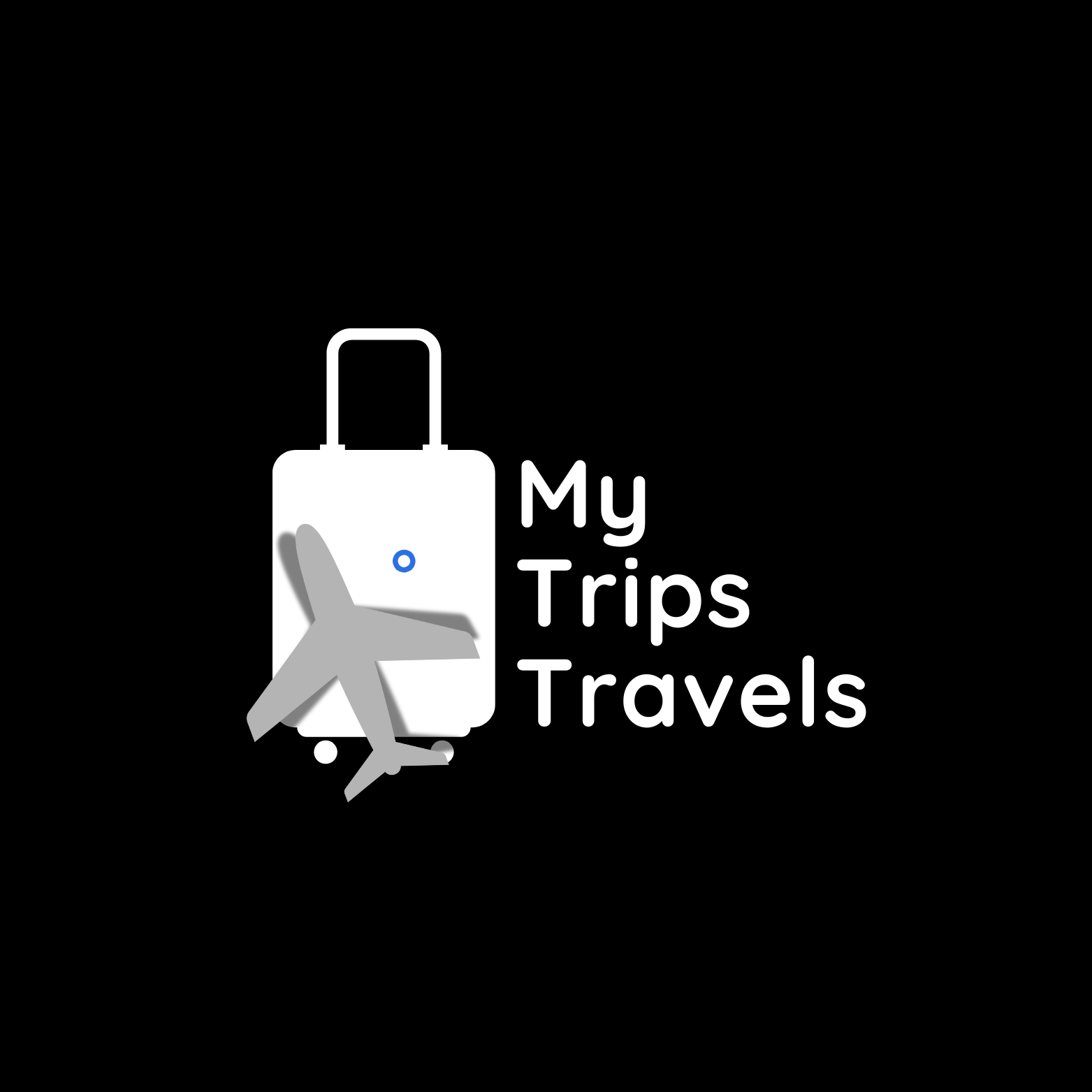Flying Over Conflict Zones: How Airlines Manage Risks
Flying has become an essential part of our lives. Whether it is for work, leisure, or emergencies, people rely heavily on air travel. However, not all flights follow calm skies. At times, Airline Flight routes pass near or even over areas of armed conflict.
When this happens, airlines must make serious decisions to ensure the safety of passengers and crew. This blog takes you through the steps that airlines take to manage risks when flying over conflict zones, helping you understand how your safety is always a top priority.
Understanding the Threats in Conflict Zones
A conflict zone is an area where there is active military conflict or political instability. These areas can pose several risks to commercial aircraft. The most common threats include missile strikes, military aircraft activity, and poor communication with air traffic control.
In such zones, there is always a risk that a civilian plane might be mistaken for a military target. Past incidents have shown how dangerous it can be to operate near war zones, leading to tragic consequences.
This is why airlines must constantly stay updated with global security reports and airspace warnings. They work closely with national aviation authorities and international bodies like the International Civil Aviation Organization. These organizations issue notices about which airspaces are safe or dangerous to use. By following their guidance, airlines avoid flying over certain areas or adjust their routes to ensure maximum safety.
How Airlines Make Decisions on Routes
Each travel trip planned by an airline involves careful risk assessment. Airlines operate through a process called threat and risk analysis. They examine recent developments, intelligence reports, and geopolitical activities. Based on this data, they decide whether a certain airspace should be used or not.
For example, during recent conflicts in parts of the Middle East or Eastern Europe, many airlines chose to reroute their trip flight paths. This might lead to longer journeys, but it is always done with passenger safety in mind. Fuel costs may increase, and schedules may shift, but safety never takes a back seat.
Airlines also consult with government agencies. For instance, the United States Federal Aviation Administration or the European Union Aviation Safety Agency may restrict their country’s carriers from using certain airspaces. When they issue a ban, it is legally binding and must be followed without question.
Coordination and Real-Time Monitoring
Most major airlines have dedicated safety and security departments. These teams monitor flight routes around the clock. They receive alerts in real time if something changes in a conflict zone. If needed, they direct pilots to take alternate routes immediately.
Airlines also use advanced satellite technology and radar systems to track global airspace conditions. These tools help ensure that planes remain far from danger zones. Pilots are given full briefings before each flight and are trained to deal with sudden changes during the journey.
Companies such as Expedia Flights and Priceline list various travel options for passengers. But what many travelers may not realize is the amount of planning and analysis that goes on behind each listed booking flight. Each option is carefully chosen based on flight safety, comfort, and reliability.
The Role of Insurance and Liability
Flying near a conflict zone affects more than just the flight path. It also affects insurance policies. Airlines are required to carry insurance for all kinds of risks, including war-related events. Insurance providers often raise premiums when flights enter dangerous regions, making it even more costly to operate such routes.
Therefore, avoiding these areas is not only a safety measure but also a financial decision. It helps airlines control costs and maintain affordable services such as cheap travel and flexible air ticket booking.
What It Means for Passengers
As a traveler, you may not always notice these changes. But next time you Book Flight, know that a team of experts has ensured your journey avoids all unnecessary risks. Airlines are committed to passenger safety and continuously improve their strategies to handle international threats.
Some travelers worry that rerouted flights may delay their plans or increase fares. While this can happen in rare cases, most airlines handle these issues smoothly. Services such as Delta Tickets offer flexible options for rebooking, while customer support platforms like Best Customer Service help travelers manage changes easily.
When you look for travel deals, remember to choose airlines that prioritize safety. It may seem like a small detail, but it reflects how much care goes into protecting every passenger.
Final Thoughts
Flying over conflict zones is a serious challenge for the aviation industry. Airlines take it seriously, and every airline flight is backed by thorough planning, expert analysis, and constant monitoring. As passengers, we trust these professionals to keep us safe while taking us where we need to go.
Next time you plan your trip with services like Priceline or explore offers through Travel Deals, you can fly with confidence knowing that your airline has chosen the safest path. For support, updates, or urgent travel needs, Call Now to connect with a travel advisor who can guide you through your journey.
By understanding how airlines manage risks in complex environments, travelers can make smarter choices and appreciate the invisible safety net that works tirelessly to protect every flight.

